Interview with Dr Kanika Gupta, Author of “The Cursed Land of Lustful Women and The Power of Storytelling: Performance Text with Notes”
Kanika explores forgotten women's voices, ancient forests, and lost traditions, challenging patriarchy, environmental loss, and cultural erasure.on Apr 29, 2025
.jpg)
Frontlist: Your book, The Cursed Land of Lustful Women, brings to life forgotten stories of forests, deities, and women’s voices. What inspired you to explore these themes, and why do you think they are so often overlooked in ancient literature?
Kanika: History and even contemporary narratives have always been written by those in power. India has been a staunchly patriarchal and caste-based society for very long and this reflects in the stories we are told, how modern narratives are shaped, how contemporary propaganda is articulated. And those in power are a reflection of us, the people and the society that we have built.
It is a historical fact that powerful cults and religions have suppressed, assimilated and subjugated smaller cults. There are several examples of this and the cult of nature worship and yakshi or yaksha worship is just one example. I’ll give you another example, the philosophical school of Lokayata, that was quite popular in ancient India and in fact consisted of some of the most brilliant philosophers, is almost lost in time. While attempts have been made to ferret out its tenets, it is important to note that none of the Lokayata texts have survived. How could it be? Such an important school of thought and nothing remains of it.
If you look at ancient Indian texts. You will find references to various philosophers and teachers who went on to preach their own ideas. Makkhali Gosala of Ajivika cult is one of them. Some texts mention that 64 such preachers were known among people. But not a single female name is mentioned within this context. Is it possible that women did not indulge in such ideas?
Female sculptors, painters, writers, poets from ancient India have remained unknown or have been mentioned only occasionally. Can we conclude that they did not exist?
Talking about folklore, in most of the powerful religions of today, in most narratives women are subordinate characters, dependent on male counterparts for everything in their lives. But as soon as one looks into traditions outside of these rigid structures, we find a whole new world, with independent female characters.
Frontlist: The title itself is intriguing—‘lustful women’ and ‘cursed land’ carry powerful connotations. Could you shed light on the significance of these words in the context of your book?
Kanika: I have used a diverse set of sources in the title of my book. Primarily these are Jataka stories from the Buddhist tradition and a few Brahmanical texts. Jataka tales refer to a cursed land in which women rule. Why is this land cursed? Only because it is ruled by women. And then in so many stories, women are referred to as creatures who are forever unfaithful to men since their ‘lust’ is unsatiable. So, on one hand there is an evident attempt at taking power away from women and then labelling them as unworthy of trust and therefore as someone who needs to be tamed, and thus their bodies and sexuality need to be controlled. Obviously if women rule a land, they will probably not let their bodies be slaves to anyone. This whole talk of women’s endless desire and a need to control it, doesn’t it reveal certain insecurities, not to use the word misogyny?
That is how I arrive at the title, by joining these two rather common references to women, their cursed land and their lustful nature. I have played with the mockery directed towards women and tuned it upside down.
Yes, this is the ‘cursed’ land, ruled by women, ‘lustful’ women, and guess what, it is a far better world.
Further in the book, I have touched upon issues of ecology, climate change and environmental degradation, patterns of deforestation in ancient India and in present times. These are concerns we have continued to overlook for our personal gains and capitalist mindset. We have made a farce of any conversation around these. In ancient India, yakshi was a benevolent nature spirit, mostly a tree spirit who received popular worship. This cult was subjugated and assimilated and yakshi was tuned into a malevolent ghost.
Frontlist: The motif of women and trees is deeply rooted in Indian mythology. How do you see this connection evolving in today’s world, especially in the context of environmental degradation and gender issues?
Kanika: When we talk about mythology and religion, we need to understand that there is an immense plurality within these. The pagan religions of Europe still live on in many ways. In Slovenia, where I have worked extensively, there is a religion called the Staroverstvo, the old religion that worships nature and trees. In India, we have several religions. The religion of adivasis commonly known as Sarna, worships trees and is very much alive today. And yet, it is not recognized as an independent religion by the Indian state. There is much diversity among adivasi communities, but they demand that their identities be recognized and respected. This is the case for indigenous communities across the world. In my research within ancient India, I have discovered so much evidence of tree worship. And there are stories around these. When a forest is destroyed, a river is forsaken, a hill is drilled for minerals, the communities living in these spaces are displaced and their identities destroyed, their stories erased, their aesthetics enslaved. I have said in my book, “aesthetics is a powerful tool of coloniality.” Some stories are sidelined for others. And colonialism is not simply done in the hands on European powers, there is also a form of colonialism within India, with powerful cultures subjugating the minor one.
Frontlist: Your book highlights oral traditions, poetry, and storytelling as tools of resistance and remembrance. How do you think storytelling can empower women today?
Kanika: I think nobody can empower women except themselves. We are so conditioned, and we are so scared of getting out of our comfort space, this seems to make our life simple, simple but devastating. And stories are who we are, they are part of our existence, our memories, our identity. If we fail to tell our stories and assert ourselves, we are bound to fail.
It is sad that in India, we have not had any strong long lasting feminist movement, partly because we are so strongly divided on caste lines, and we are not inclusive. I have dedicated my book to Phoolan Devi. Hers is a story that needs repeated retelling.
I think there are stories that are being sidelined and stalled even today. The environmentalist Saalumarada Thimmakka, her story needs to be told. The Chipko movement was led by women, Narmada Bachao Andolan and the women that are part of it, Suneeta Pottam among other tribal rights activists, there are so many…
Frontlist: Through your performance and storytelling, you challenge modern notions of luxury that come at the cost of nature. What message do you hope readers take away regarding our relationship with the environment?
Kanika: We forget that we are part of nature and the environment, not outside of it. When people say, ‘Save Nature’…what does it mean? Rather we should say save humans instead, because nature will survive, it’s us who will suffer. And we have an extremely misconstrued idea of luxury. In the Indian elections, roads, infrastructure is always a main agenda. How many roads are enough? Is there ever an end? If you raze the entire planet and convert it into roads, it will still be less. I have always questioned the idea of travelling for leisure, we are so insensitive to the local people of the places we visit. If we build big luxury hotels, introduce plastics and chemicals in a forested region, the soil quality goes down, water gets contaminated, but tourists are not at the receiving end of this; they mostly visit for a few days and leave. And this is the most evident part of modern devastation; there is aesthetic and cultural usurpation. Very few people care to know about how the people of that place live traditionally, about their art and culture; and a whole new idea of a ‘higher’ culture is introduced to the local communities, belonging to the rich, those who can afford that so-called idea of luxury. And it is so unfortunate that in the name of religion and pilgrimage this kind of travel has become a fashion. People take a helicopter to their pilgrimage. We have forgotten the real idea of pilgrimage; it is supposed to be a journey, inward as well as outward and there cannot be shortcuts in it. If you destroy a mountain, its environs, its rivers and trees, you also destroy the pilgrimage site on that mountain, because they are a whole and cannot be separated and compartmentalized.
People think it is alright to blast mountains, build four-lane roads, flatten the rocks and build cement buildings and all so-called amenities, all in the name of developing tourism and serving pilgrims. I really think we have lost our common sense. Professor Y.S. Alone calls it ‘Protected ignorance’, by which he means that we know that something is wrong in a certain idea and yet we eagerly conform to it. Modern education has proved to be a complete failure in developing a mind that interrogates and raises questions.
Frontlist: Women in mythology are often portrayed as either nurturers or disruptors. How does your book compliment or reframe these conventional representations?
Kanika: Is it really so difficult to see women as humans, just as men and other sexualities? Can men not be nurturers? I think we do them injustice if we see them as incapable of it. Patriarchy targets men as much as it is hard on women, in seeing everyone in stereotypes. As for representation and power that rests in female characters, I will give you an example. Draupadi of Mahabharat depends on Krishna to save her from humiliation and on her husbands for her revenge. She herself does not pick up the weapon. On the other hand, Amba takes things in her own hands and yet she must be reborn as Shikhandi, a transgender to be part of the war. The story takes power and independence away from women. My story takes references from several sources and my own words as well and in it the character grapples with a situation. Besides the story, my writing deals with folklore in various ways and attempts at understanding these using various methodologies.
In India, there is a huge need to preserve several languages that are endangered, and many are on the path to extinction. These languages are knowledge centers with folklore, stories, idioms, metaphors, words and ideas unique to them. For instance, Kurukh is a language spoken by the Oraon community in Eastern parts of India. Recently I was interviewing Sunit Oraon from Jharkhand, and he told me some of these tales and I was stunned to discover an entirely different tradition, a culture that respects nature and lives as part of it.
So, we must question the conventions and try to look beyond them.
Frontlist: In many cultures, women have been the custodians of oral histories and folklore. Do you think we are losing this tradition in the digital age, or is it transforming in new ways?
Kanika: Traditions transform, true, but what causes them to change? And is it an organic change or is it forced upon a culture? In India modernism was not a natural phenomenon, rather it was a European tradition grafted upon India and manipulated by religion and caste power politics within this country to further threaten adivasi cultures. Capitalism has led to extreme degrees of exploitation of land and resources, a factor that is still being ignored.
There is a dire need to address that we are losing languages and cultures at an unprecedented rate. There are so many examples, I already spoke about Kurukh, there are so many others, Kharia, Gondi, Mundari, and then what is termed as dialects like, Sambalpuri and variations of Chhattisgarhi, Bundelkhandi. Every part of India has several such languages. Who decides what is a dialect and what is mainstream? And yes, there are stories and storytellers, especially women in all these languages, but we never hear them.
While there are people and non-government organizations trying to work on some of these languages, the government has the resources to be able to make a great difference and they need to take this up. We need these languages to be part of formal education systems and a method to protect their heritage and encourage writing and publishing in these languages.
Frontlist: As an artist and writer, what were some of the challenges you faced while bringing these narratives to life? Did you encounter resistance to reinterpreting historical or mythological texts from a feminist lens?
Kanika: The biggest challenge has been a lack of support and encouragement. For those who work in such disciplines in India, there is very little opportunity, and most cannot make both ends meet. Why do you think there are so few writers within these disciplines? There is no financial assistance or support. And then lack of awareness and appreciation among people at large does not really help the cause. There is still a lack of understanding among people that we all need to respect and preserve our heritage and culture.
It is not surprising that if you want to make a decent living, forget about making good money, you will never choose to study endangered languages, ethnography, art history and archaeology. And I don’t see this changing in the near future. Most museums in India are underfunded and criminally understaffed. Permanent posts are left vacant in universities, especially in these disciplines. Why? For a country that has so much heritage and culture why do we have so few departments that study these areas? India does not feel it invests less in art and culture and if this continues, we shall remain dependent upon the foreign lens to look at it.


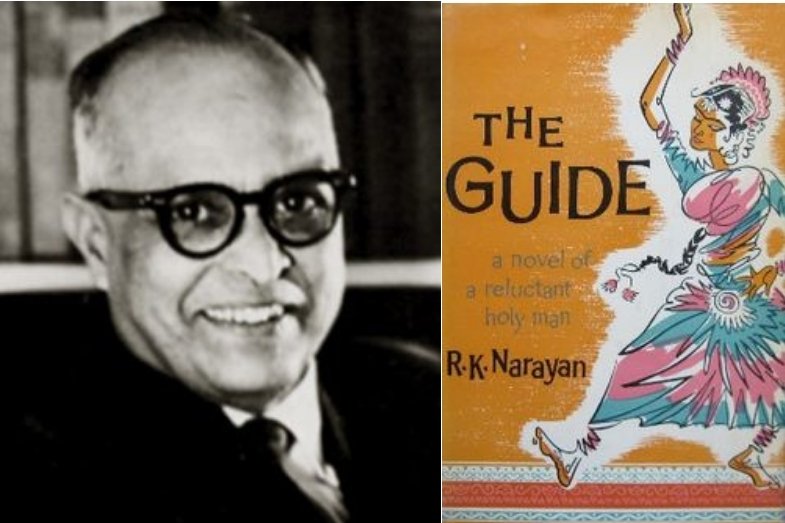
.jpg)

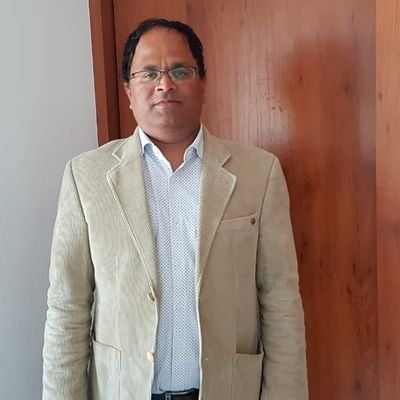


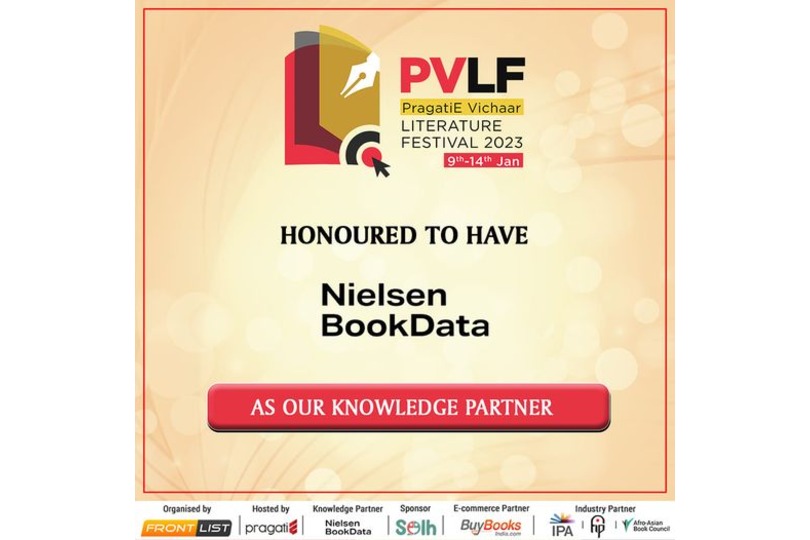
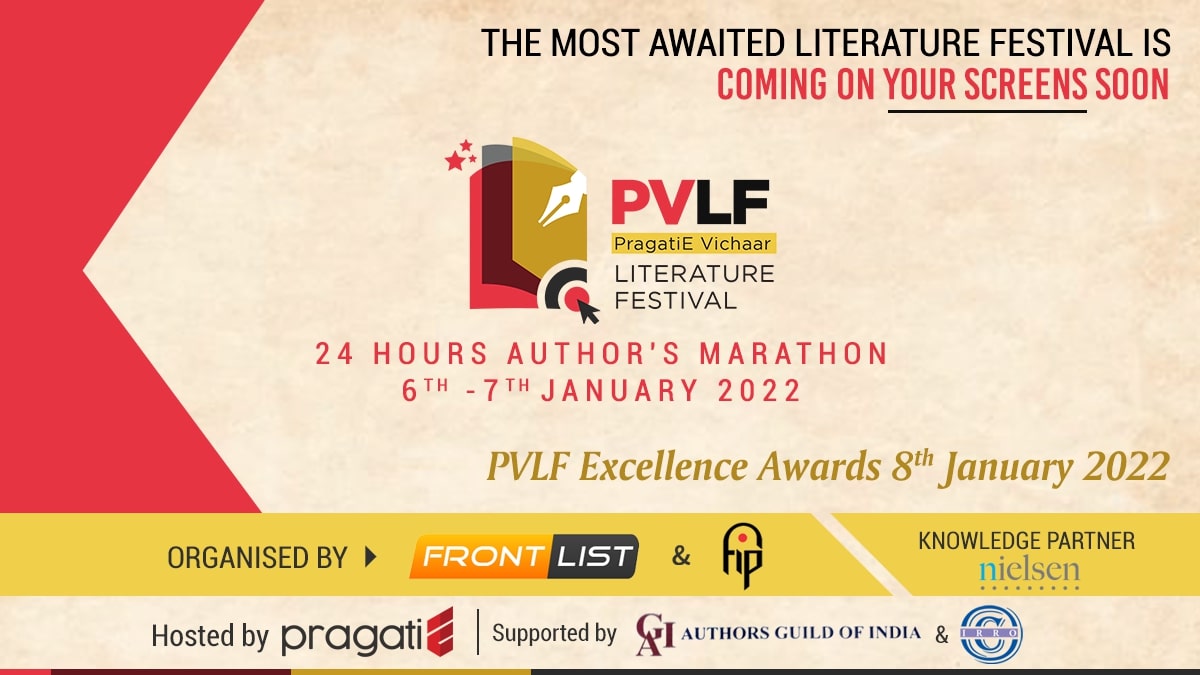
.jpg)

.jpg)
.jpg)
.jpg)
.jpg)
.jpg)
.jpg)
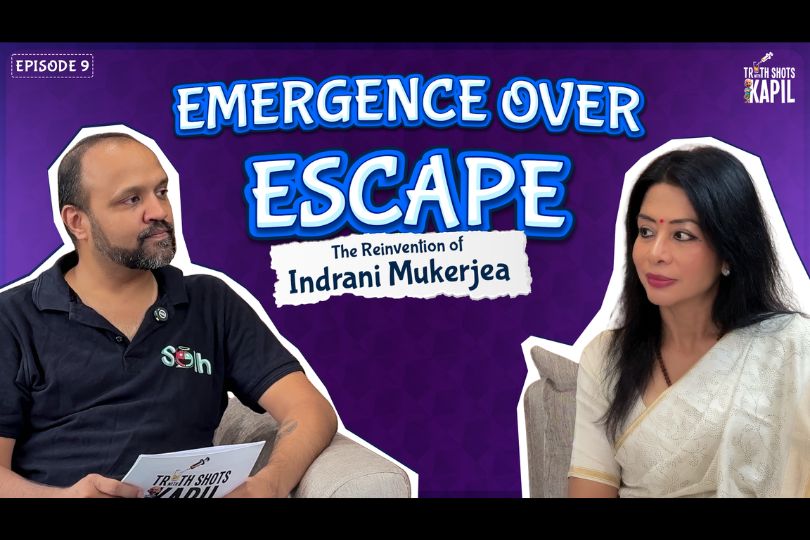
.jpg)


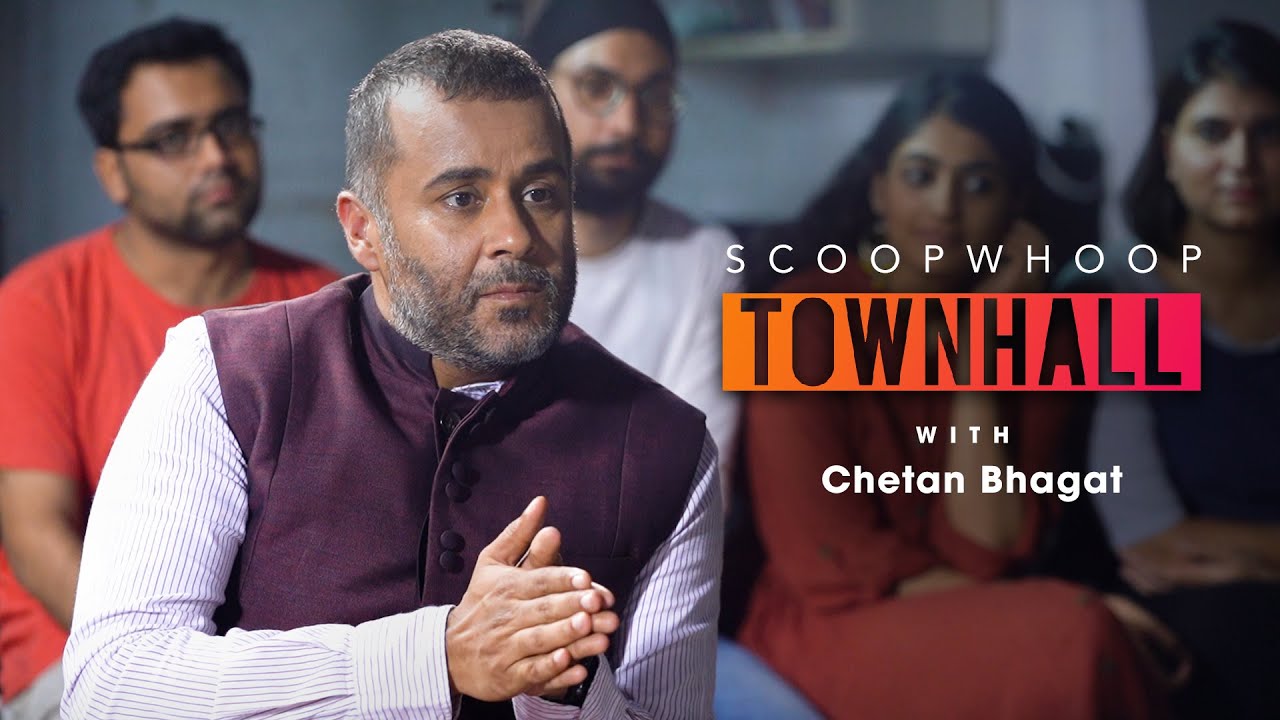




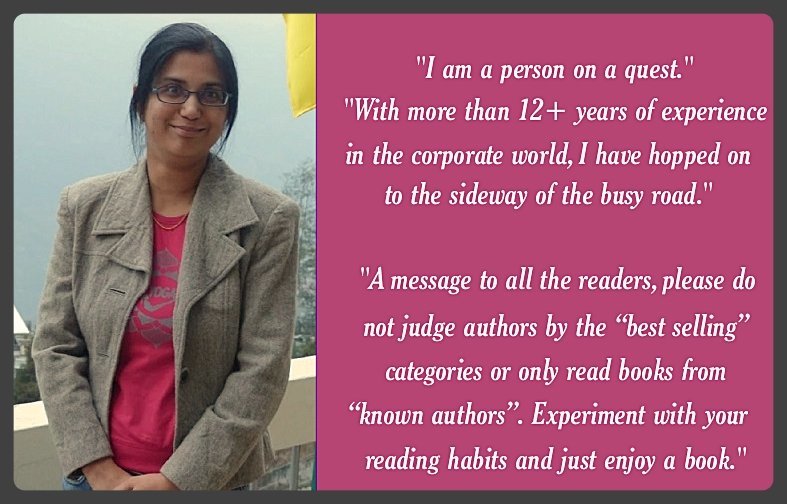


Sorry! No comment found for this post.